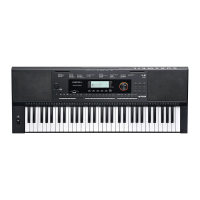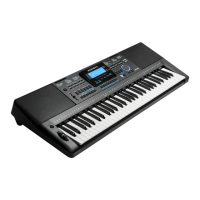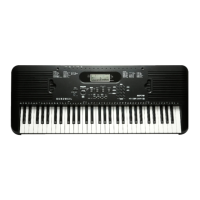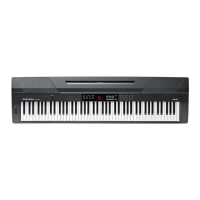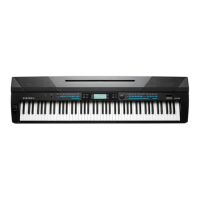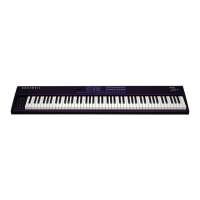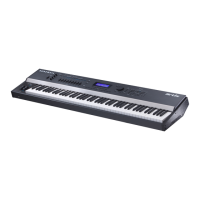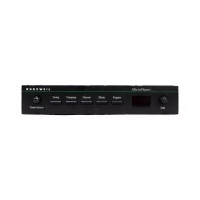Why is there no sound coming from my Kurzweil KP110 Musical Instrument?
- BBrandon ArmstrongJul 27, 2025
If you're not getting any sound from your Kurzweil Musical Instrument, first ensure that the master volume is at an audible level. Also, check that headphones aren't plugged into the PHONES/OUTPUT jack, as this will cut off the sound to the speakers. Finally, verify that the R1/R2/L voice volume (Mixer) settings and the individual voice volumes are appropriately adjusted.
